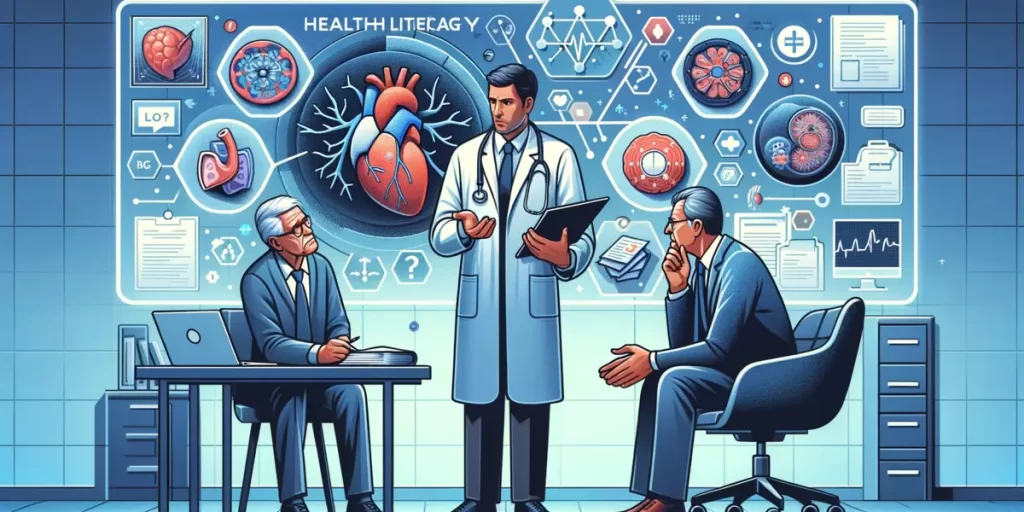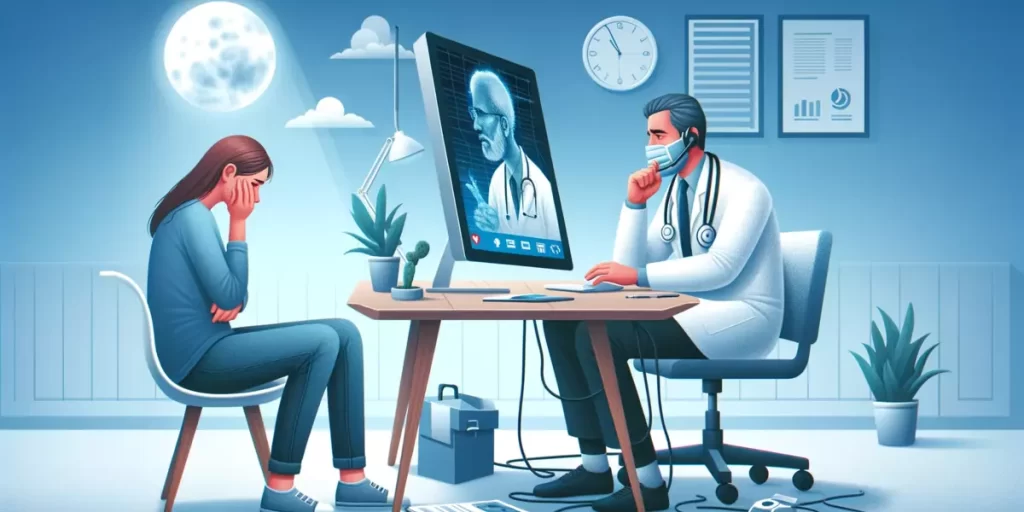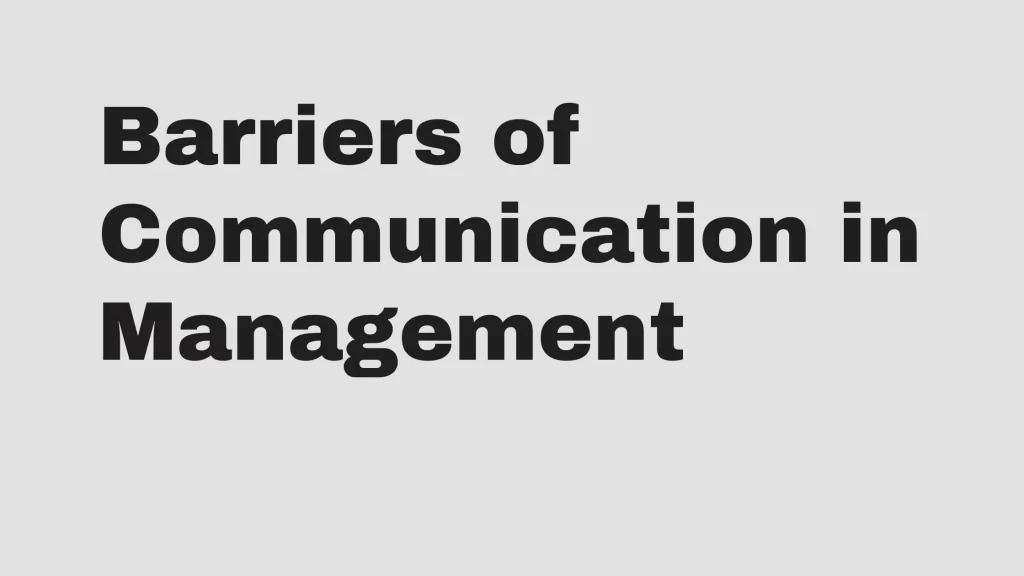The healthcare sector, known for its critical role in patient well-being, often encounters various communication barriers that can impact the effectiveness of medical care. Imagine being in pain and unable to convey it accurately to your doctor; envision being anxious about a procedure but not having the words to articulate your fears. For many patients and healthcare providers alike, these scenarios are not just hypotheticals but everyday realities.
With over 20 years of experience working closely with both patients and professionals within healthcare settings, I have witnessed first hand how miscommunication can lead to profound consequences – from mistrust towards medical staff to potentially harmful delays in treatment. Through this piece, my objective is twofold: first, to raise awareness about these often overlooked obstacles impeding effective care delivery; secondly, personalizing the issue so we can collectively strive for solutions that improve patient-provider interactions.
Contents
Common Barriers to Effective Communication in Healthcare
Communication barriers in healthcare often stem from differences in language, cultural backgrounds, and variations in health literacy, potentially leading to misunderstandings and reduced quality of care. These barriers can impede effective patient-provider interactions, impacting diagnosis, treatment, and patient satisfaction.
Cultural Barriers and Language Differences
Cultural differences and language barriers significantly impact healthcare. When healthcare providers and patients do not speak the same language or understand cultural nuances, it can lead to misunderstandings and hinder patient care. Differences in language can disrupt the interpretation of medical jargon, making it difficult for patients to understand their diagnoses and treatment plans.
Low Health Literacy and Healthcare Jargon
Many patients struggle with low health literacy, which is exacerbated by the use of complex healthcare jargon. This gap in understanding can result in patients who don’t comprehend their medical condition, medication prescriptions, or the importance of preventative measures.
Physical Barriers and Technology Gaps
Physical barriers, including distance and time constraints, along with gaps in technology use, such as the limitations of telehealth, can impact the timeliness and effectiveness of healthcare communication. This is especially true in remote or under-served areas.

Types of Barriers and Their Impact on Patient Care
Misunderstandings and Lack of Trust
Misunderstandings, often resulting from communication barriers, can lead to a lack of trust between providers and patients. This distrust can hinder the patient-provider relationship, impacting the patient’s willingness to follow treatment plans or share health-related information.
Time and Distance Constraints
Time and distance constraints can create barriers in patient care, particularly for those in rural areas or with limited access to transportation. Telehealth has been instrumental in bridging some of these gaps, but it’s not a universal solution.
Selective Perception and Empathy Gaps
Selective perception by healthcare providers can lead to biases and a lack of empathy, affecting how patients are treated. This can result in treatment plans that do not fully address the patient’s needs or concerns.
Strategies to Bridge Communication Barriers in Healthcare
Educating Healthcare Professionals
Healthcare professionals should take proactive steps to educate themselves about cultural differences, language barriers, and the importance of empathy. Understanding these factors can pave the way for more patient-centered care.
Utilizing Patient-Centered Communication
Adopting a patient-centered approach in communication can help healthcare providers to better understand the patient’s perspective, their needs, and how to make the patient feel more involved in their care.
Embracing Technology to Overcome Barriers
Telehealth and other technological solutions can help bridge the gap caused by time and distance. Utilizing technology can also help in delivering healthcare information in a timely and efficient manner.
Overcoming Specific Barriers
Addressing Cultural Differences and Language Barriers
To effectively communicate with patients from diverse backgrounds, healthcare providers can utilize translation services and become more aware of cultural nuances that may impact patient care.

Simplifying Medical Information
Healthcare organizations should focus on simplifying healthcare information, avoiding medical jargon, and ensuring that patients understand the treatment they are receiving. This includes clear explanations of test results and medication instructions.
Enhancing Provider-Patient Interactions
Enhancing the interactions between healthcare providers and patients involves actively listening, showing empathy, and ensuring that patients feel heard and understood. This can help in building trust and ensuring that patients adhere to their treatment plans.
Conclusion
Effective communication in healthcare is crucial for ensuring high-quality medical care. By understanding and addressing the various barriers to communication, healthcare professionals and organizations can improve patient outcomes and ensure that all patients receive the care they need and understand. Bridging these communication gaps is not just a professional obligation but a cornerstone of compassionate and effective patient care.
Boko Ducky has over 10 years of experience in helping individuals and organizations improve their communication skills.



